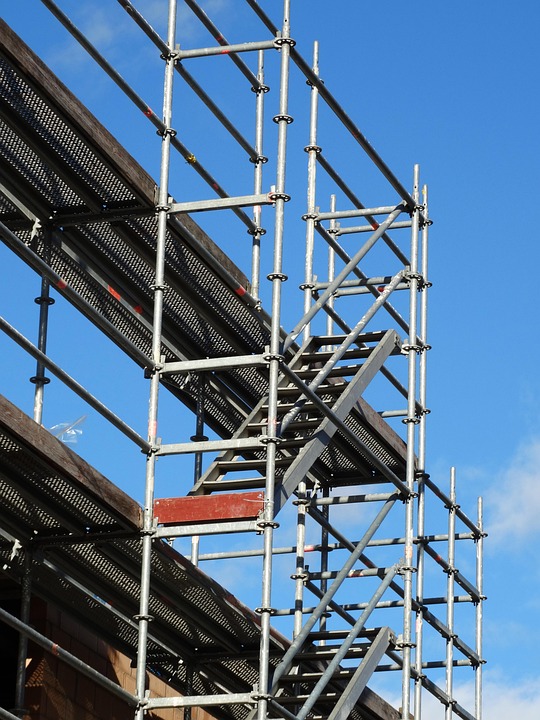In the competitive world of scaffolding, where safety meets skill, your CV is your first impression. It needs to be as sturdy as the structures you build, showcasing your qualifications and experience in a compelling manner. So, let’s delve into the art of crafting a CV that stands out in the bustling UK job market.
1. Start with a Strong Personal Profile
Your personal profile is akin to the foundation of a scaffold; it sets the tone for everything that follows. A concise paragraph at the top of your CV should encapsulate who you are and what you bring to the table. Highlight your years of experience, specific skills, and your commitment to safety and excellence. For instance, "Dedicated scaffolder with over five years of experience in erecting and dismantling scaffolding structures in both residential and commercial settings. Committed to maintaining the highest safety standards and ensuring client satisfaction."
2. Highlight Relevant Qualifications
When it comes to qualifications, specificity is essential. List your certifications clearly, including any relevant scaffolding qualifications such as the CISRS card or NVQs in scaffolding. Consider presenting them in bullet points for clarity. If you’ve undertaken additional training, such as health and safety courses or first aid certifications, don’t hesitate to include those as well. A well-structured qualifications section not only demonstrates your capabilities but also your dedication to continuous professional development.
3. Showcase Your Work Experience
Your work experience is arguably the heart of your CV. This section should not merely list your past jobs but should tell a story of growth and achievement. Use reverse chronological order to detail your roles. For each position, include:
- Job Title: Clarity is key.
- Company Name: Highlight reputable employers.
- Dates of Employment: Show your career timeline.
- Key Responsibilities and Achievements: Use action verbs and quantify accomplishments where possible. Instead of saying "responsible for scaffolding," try "successfully erected scaffolding for projects worth over £500,000, ensuring compliance with all safety regulations."
4. Skills That Make You Stand Out
Scaffolding is a multifaceted role requiring a unique blend of technical skills and personal attributes. Include both hard skills, such as proficiency in using specific tools, and soft skills, like teamwork and communication. A well-rounded skills section might look like this:
- Technical Skills: Erection and dismantling of scaffolding, knowledge of regulations, risk assessment.
- Soft Skills: Problem-solving, effective communication, time management.
5. Don’t Forget About References
References can be the icing on the cake of your CV. Having credible individuals vouch for your skills and work ethic can make a significant difference. When listing references, ensure they are relevant to your field and ideally previous employers who can attest to your scaffolding experience.
Crafting the Perfect Presentation
The visual layout of your CV plays a crucial role in how it’s perceived. Use a clean, professional font and ensure there’s ample white space to avoid overwhelming the reader. Keep your CV to two pages at most; brevity is your ally.
Remember, each CV should be tailored for the job you’re applying for. Adapting your personal profile and work experience to reflect the specific requirements of the job description can significantly increase your chances of landing an interview.
In summary, a compelling scaffolder CV is a blend of clarity, structure, and tailored content. With a strong personal profile, well-defined qualifications, and a showcase of your experience and skills, you’ll be well on your way to impressing potential employers.
CVPortal continues to bring you a range of high-quality CV references to guide you through your job search journey.


